Why visit Bulgaria?
From wild, wooded mountain ranges spotted with remote villages and enchanting monasteries, to vibrant modern cities and long sandy beaches hugging the Black Sea coast, Bulgaria rewards exploration. Bulgaria has a long tradition of religious art, and wherever you go, you cannot fail to notice the beautiful, timeless icons appearing in museums and, of course, countless churches and monasteries. The luminous images of saints are at their most reminiscent and powerful inside candlelit Orthodox churches.
With no fewer than seven diverse mountain ranges criss-crossing the country, Bulgaria is a true shelter for hikers, mountaineers and anyone interested in wildlife and the great outdoors. An extensive system of hiking trails and huts makes it easy for walkers to enjoy the country's rich and varied landscapes. Unspoiled alpine forests, lakes, waterfalls and bubbling streams are all there to explore. Not only this, but also the long, professionally maintained sandy beaches at the big resorts are the equal of some of the most popular Mediterranean destinations, and, if you just want to relax, there is nowhere better.
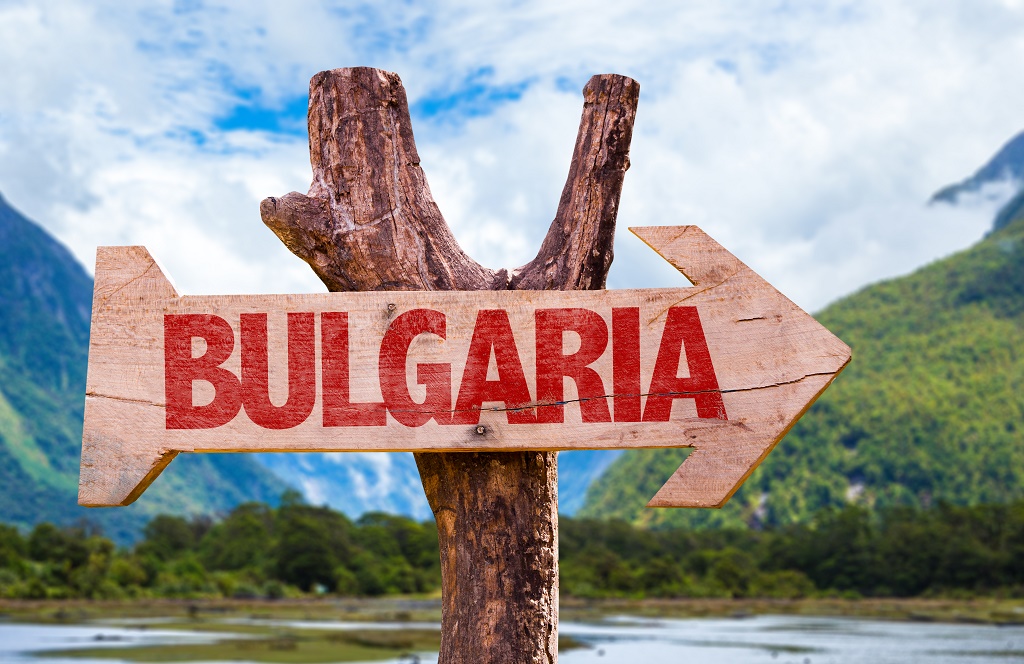
What does Bulgaria bring in mind?
Rila Monastery
This is the most visited monastery in Bulgaria. It is situated in Southwestern Bulgaria, 117 km away from Sofia and 40 km away from Blagoevgrad. Rising at 1147 m above sea level, it lies amidst some of the most scenic recesses of the Rila Mountains, to which the monastery owes its name. On either side the swift and clear flowing rivers of Rilska and Drushlyavitsa flank it. The foundation of the monastery relates to the name of St. John of Rila. The building of the complex is thought to be started in the 10th century. It suffered several reconstructions during the years. The present-day appearance of the monastery is from the 19th century. Rising in the middle of the courtyard is a high stone fortress tower built by the local feudal Sebastocrator Hrelyu in 1334-1335, and a small church dated to 1343. In 1844 added to the tower was a small belfry. Later, the monumental building of the monastery's Principal Church of the Nativity of the Virgin was erected where the old Hrelyu Tower had once stood.
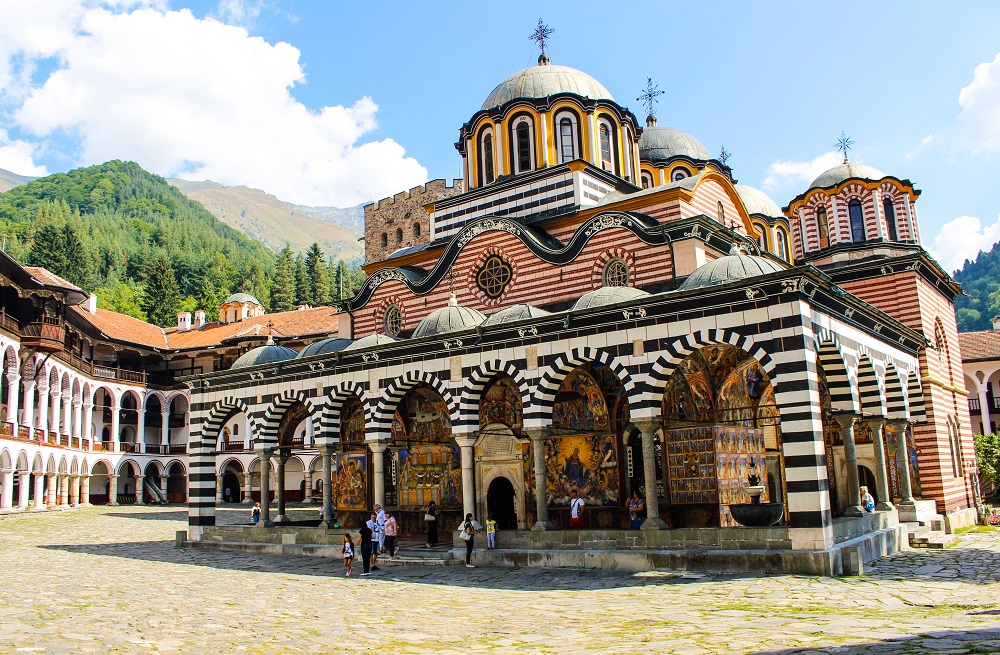
|
Belogradchik Rocks Belogradchik rocks are located in the northwest part of Bulgaria, near the town having the same name- Belogradchik. The most magnificent rocks are surrounding Belogradchik: Madonna, The Rider, The Monks, The Student, The Lion, The Bear, Adam and Eva, The Casle. Four kilometers from the town, around Lepenitsa cave, there is another great group of rocks, where the biggest one is called The Dinosaur. |
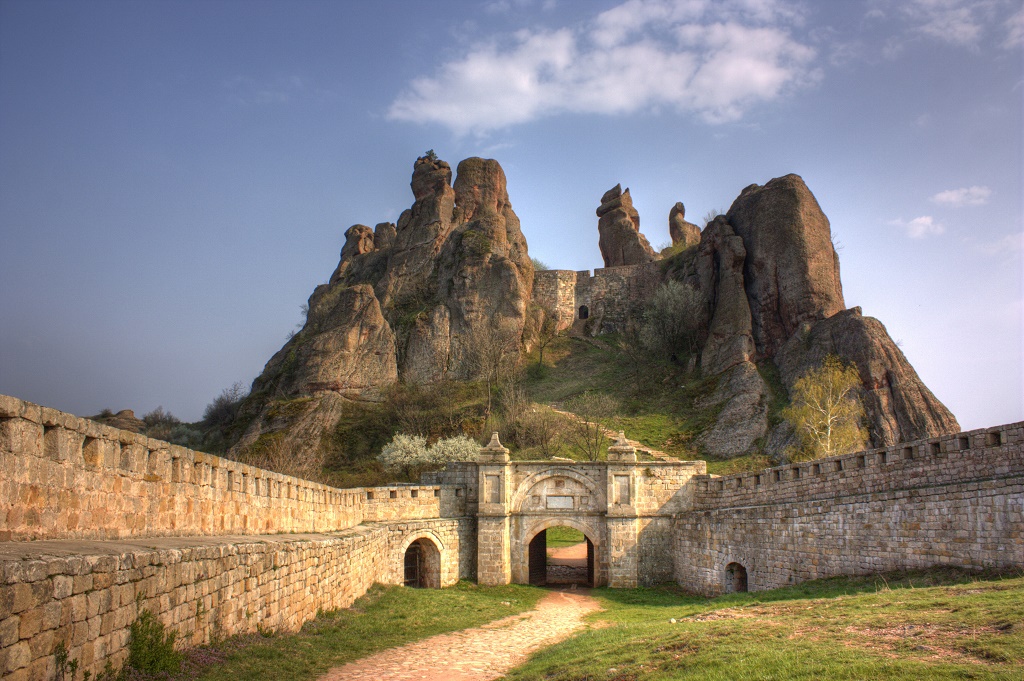 |
Tsarevets
A mediaeval stronghold in the old town of Veliko Tarnovo in Central Northern Bulgaria and it is one of the most attractive sightseeing for the tourists. The beautiful city of Veliko Tarnovo has been the capital of Bulgaria during the second Bulgarian kingdom. The whole stronghold is girdled by thick walls and was served by three gates.
The palace is located on the hill's central and plain part, which was a closed complex encircled by a fortified wall, 2 towers and 2 entrances, a main one from the north and one from the south. On the top of the hill is the patriarchate, a complex, whose church, built on the grounds of an Early Christian one, was reconstructed in 1981 and painted in 1985.
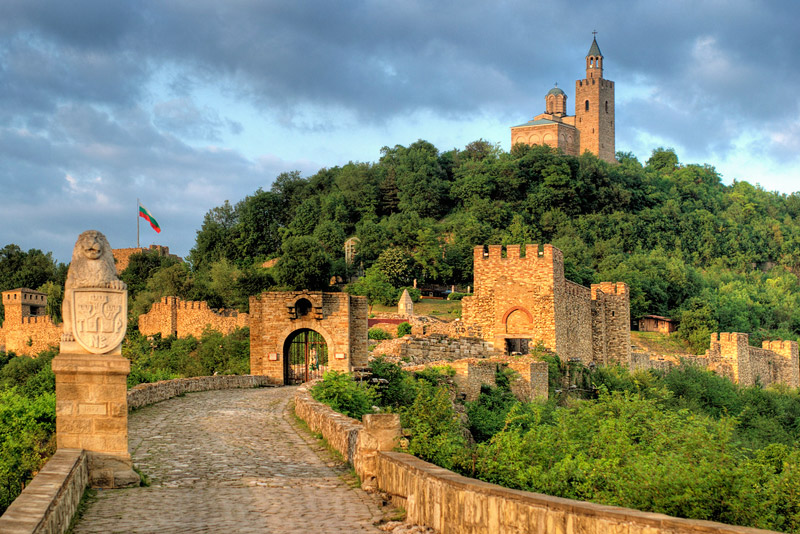
 |
Seven Rila Lakes The cirque of the Seven Rila Lakes is the largest in all Rila Mountain. It is located East of Haidyta Peak and South of the steep rock slopes of Razdela Ridge and Otovishka Peak, found to the West of the peak directly above Kidney Lake. The cirque opens to the North and feeds the German River, which is a main source of the Stryma River. They are the most picturesque and visited group of lakes in Rila Mountain. They all have names according to their shapes and officially numbered from the top to the bottom. The entire area is maintained within the boundaries of Rila National Park. |
Nessebar
Nessebar is charming town located in the southern Black Sea coast and is one of the most popular Bulgarian Black Sea resorts. It is divided into two parts determined as "The New "and "The Old" city. The Old City is the preferred part, while the new one is more specified in accommodation service. The old Nessebar in fact is located on a small peninsula connected to the mainland by a thin piece of land. The first thing which will welcome you is a big wooden windmill. Soon after, you will meet the stone walls of the ancient city. The old city of Nessebar is quite popular with its historical churches and buildings dating back to ancient times. For this reason, this town is included in the list of UNESCO World Heritage Sites. Originally a Thracian settlement, the Nessebar was later a Greek polis, then a Roman colony.
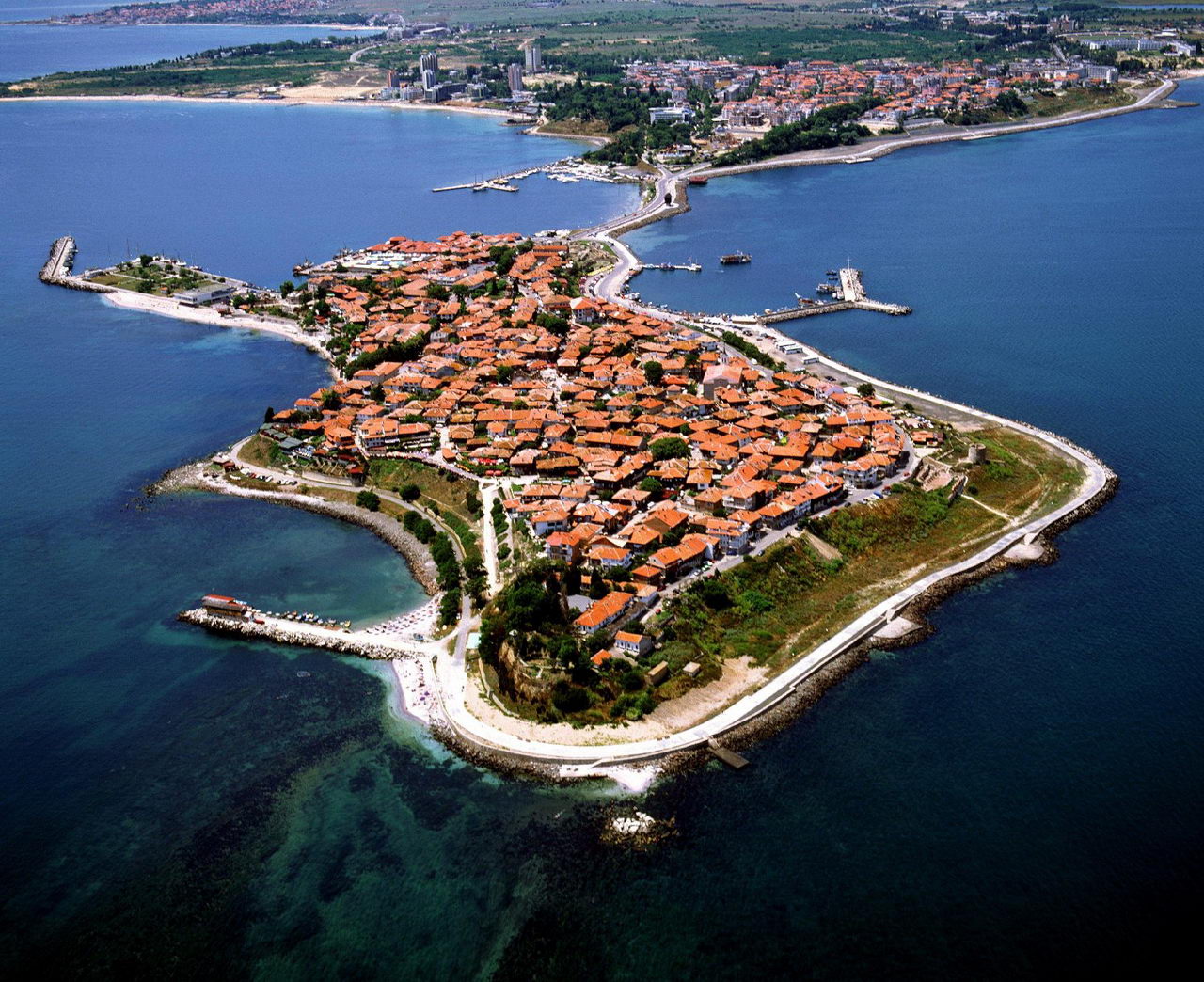
|
Etara Etara, named after the ancient denomination of the Jantra River - Etur, is an ethnographic museum in the open. It is located in the quarter of the same name in the town of Gabrovo on the bank of the Siveck River on the north flanks of the Stara Planina Mountains. Around the area, you will see numerous workshops from where you can buy some traditional products. Rugs prepared from goat hair are one of the most popular items here. The goat's hair articles craft was one of the most developed in the past. |
 |
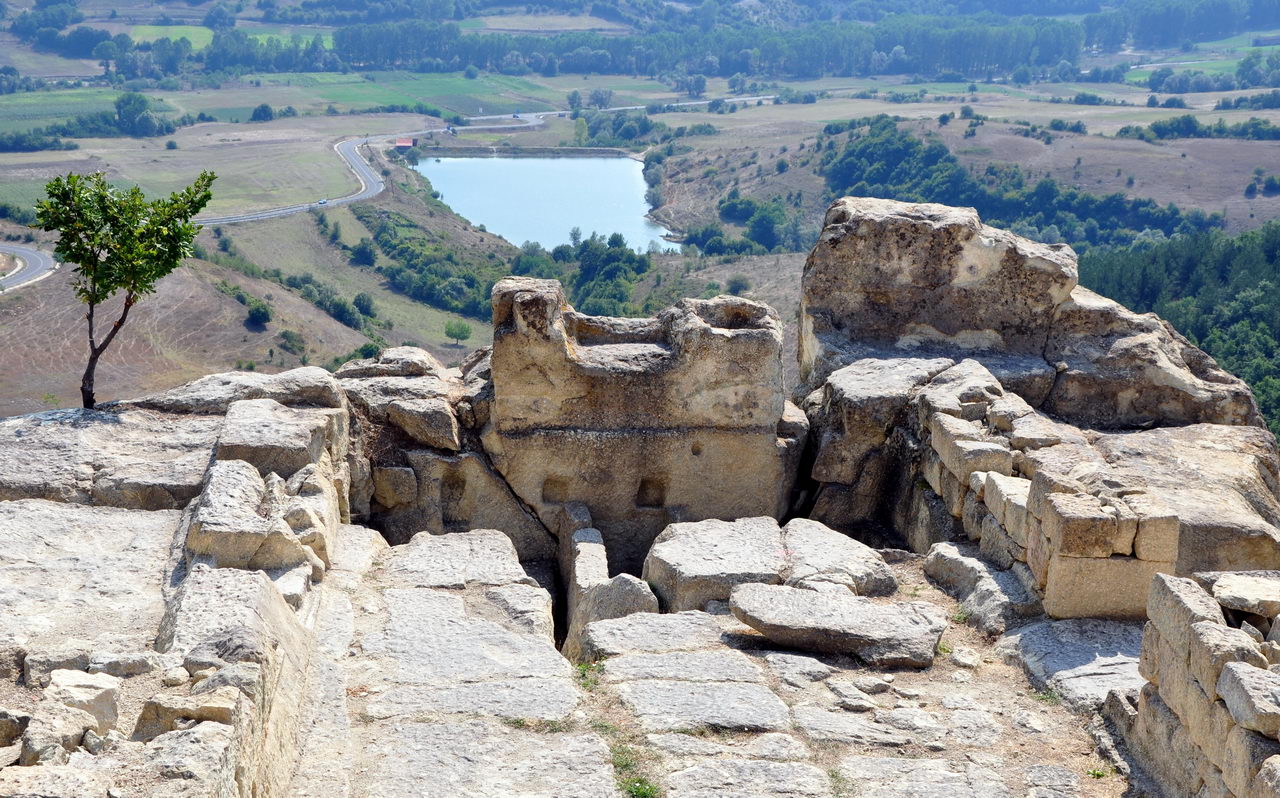 |
Perperikon This beautiful ancient Thracian city is located in the Eastern Rhodope range, some 10 miles from the town of Kurdzhali. It’s easily accessible from Sofia via Asenovgrad or Haskovo. It is perched on a high rocky hill, thought to have been a sacred place. Surrounded by amazing views, this complex is considered to be the largest megalith ensemble in the Balkans. A famous sanctuary and oracle shrine dedicated to God Dionysus are situated there. On Perperikon is where it was believed that the relics were exposed to Orpheus or part thereof. |
Koprivshtitsa
Koprivshtitsa is one of the centers of the Bulgarian education, literature and culture from the National Revival Period. Having remarkable beauty, the town is a member of the 100 National Tourist Sites of Bulgaria. The town of Koprivshtitsa is the best preserved architectural reserve in Bulgaria. The small town with cobble- paved streets and picturesque colorful houses from the 17-18th century is situated among spacious meadows and quite forests with bracing air in the heart of Sredna Gora Mountain, 110 km southeast of Sofia.
This lovely city is surrounded by nine peaks, all of which are named after saints. As many other preserved towns from the Bulgarian National Revival period, the town is characterized by many old stone houses with high fences, stone bridges, cobblestone roads.
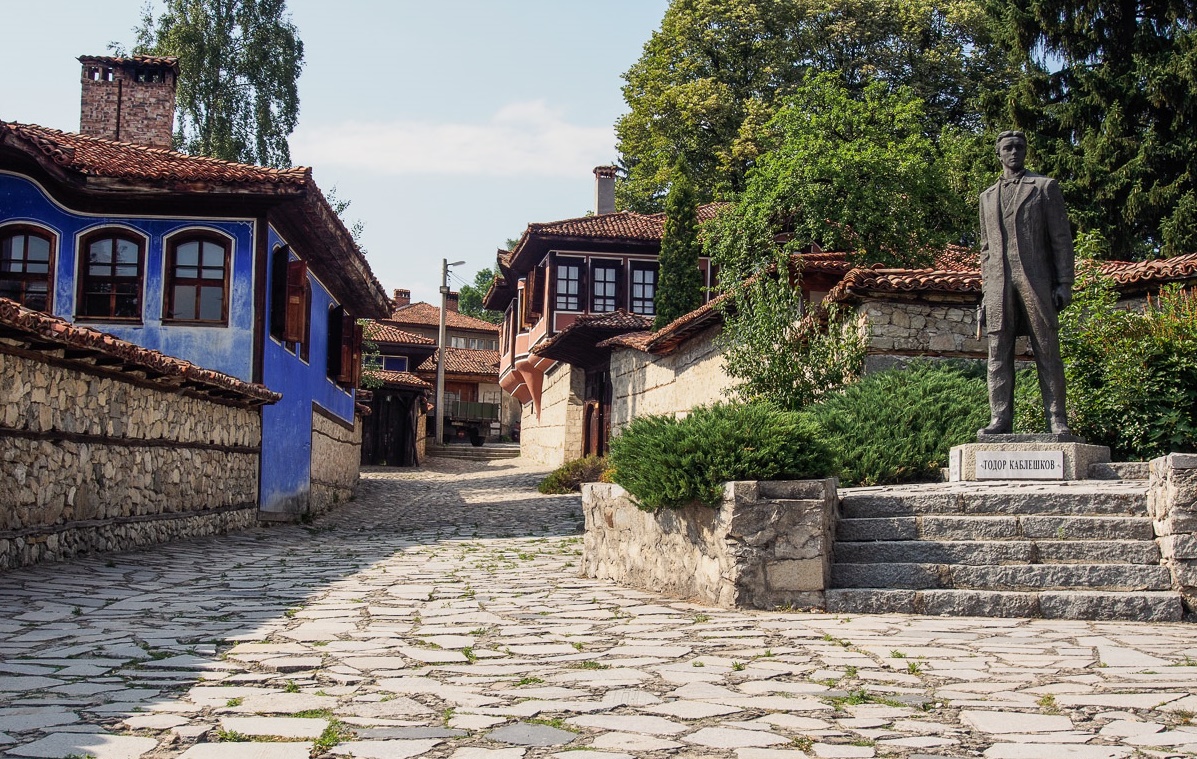
|
Cherven Fortress Initially, this place was populated by the Thracians in the 12th - 6th century BC. Romans settled on these lands in the 1st century AD. The castle was built during the time of the Roman Emperor Justinian, in the 6th century. Later, the town was invaded by the Protobulgarians. Byzantium construction was significantly distinguished by Bulgarian one, with the larger stone blocks. |
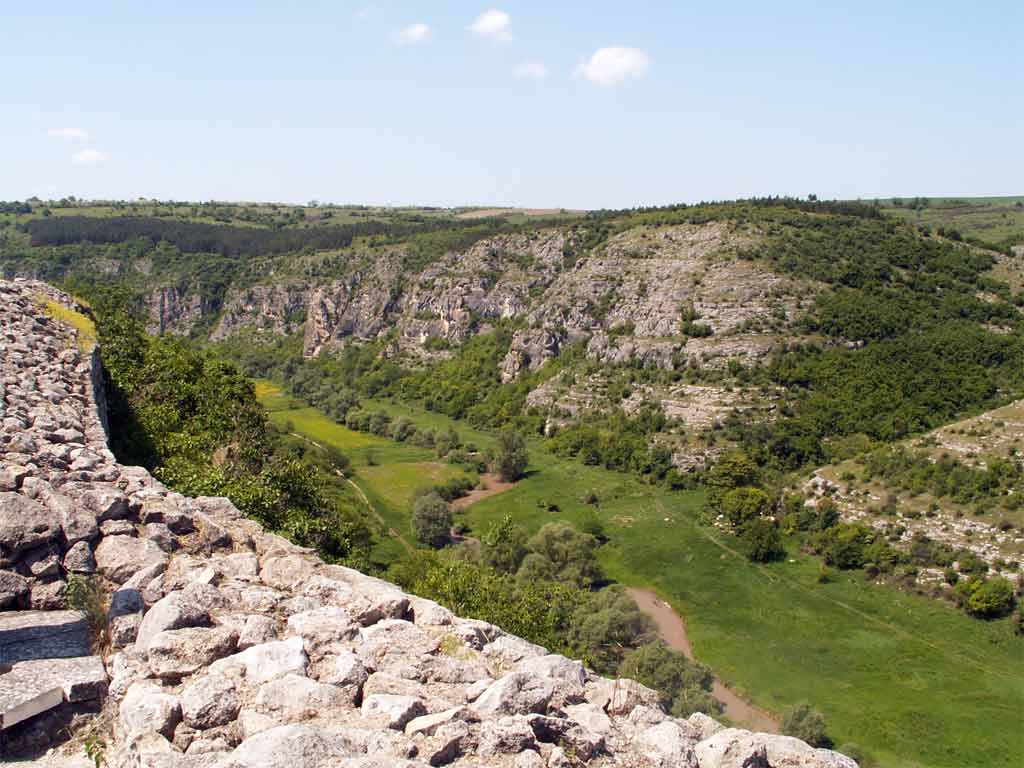 |
Boyana Church
Boyana Church is a beautiful Medieval Orthodox Church located in Boyana Quarter set in the outskirts of the capital of Bulgaria- Sofia. Originally built in the late 10th to the early 11th century, the Boyana Church was expanded a few times, in the 13th century by Sebastocrator Kaloyan, as well as in the mid 19th century. The Boyana Church houses exquisite frescoes which are one of the most complete and perfectly preserved monuments of east European medieval art. It was included in the UNESCO World Heritage Site in 1979, together with two more Bulgarian sights- Madara Rider and Kazanlak Tomb. This place is one of the most visited by the tourists traveling to Sofia, together with the Historical Museum and the "St. Nevski" Cathedral Church.

Things you shouldn’t miss in Bulgaria
-
Visit Sofia and marvel at the incredible historic architecture. A mix of neo-classical Stalinist buildings and balconied 19th century Russian and Viennese treasures.
-
Discover central Sofia’s charming ancient and neo-Byzantine Orthodox churches.
-
Try a more contemporary day out in the city. Leisurely walk amongst the new designer stores and boutiques or stop for a coffee in an open-air café.
-
Listening to live music is one of many things to do in Bulgaria of an evening. There are several renowned music venues in Bulgaria. Folk Pop is the genre you are most likely to hear.
-
Plunge yourself into the colorful nightlife of Bulgaria. Spend an evening in one of the numerous Bulgarian nightclubs across the country. Popular hangouts include: Sweik and Chevermoto in Sofia.
-
Want to try your luck? Make a night of it at the popular Casino Rila, Sofia.
-
Looking for a beach break in Bulgaria? Try one of the many Bulgarian Black Sea resorts. There are many excellent beachside hotels to choose for a holiday amongst the golden sands of the Bulgarian coastline.
-
The numerous Black Sea resorts are perfect for those who want to take part in water sports and activities whilst on holiday.
-
If you are staying in the capital of Sofia, visit nearby Vitosha Mountain and enjoy an afternoon of hiking in this nature reserve.
-
Beach or city breaks not your thing? Why not take a Ski holiday in the mountain resorts of Vitosha, near Sofia? Aleko is the most popular ski destination in Bulgaria with all the facilities to make the perfect skiing holiday, such as; ski runs, ski lifts, hotels and restaurants.
Top cities of Bulgaria
Sofia
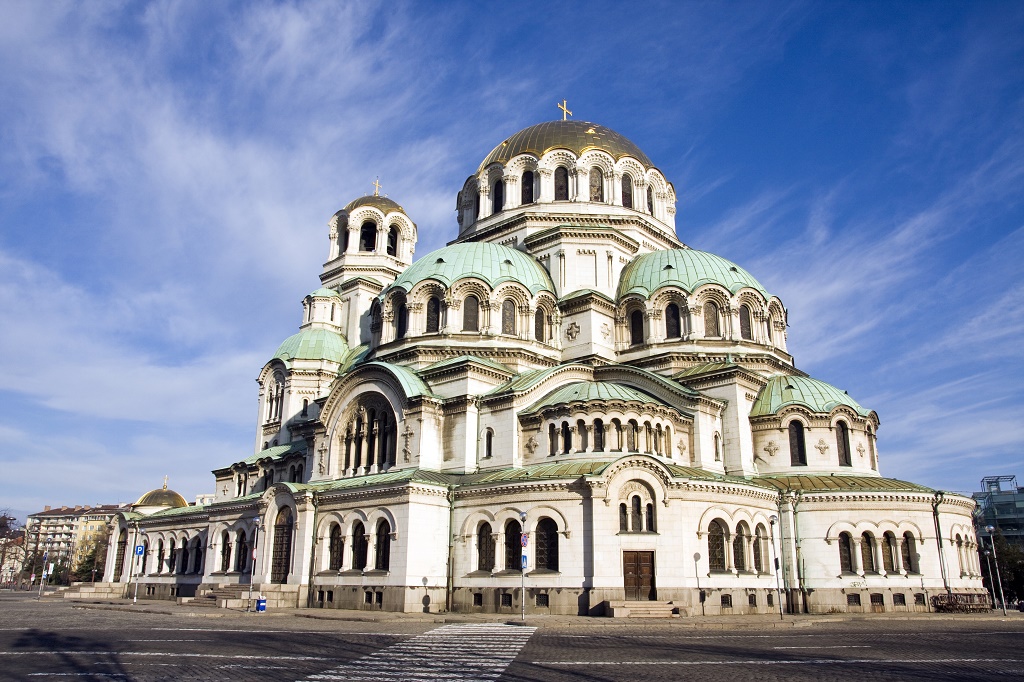
Bulgaria’s capital, an essential stop off on any eastern European tour, has plenty to shout about, sitting as it does perfectly in amongst the mountains and being home to more than 7000 years of traceable history. Bulgaria revolves almost entirely around this striking city. All roads seem to lead here, and Sofia replays its country’s faith several fold, with exiting attractions, dramatic landscapes and culture galore.
Bansko

Bansko is one of the world's newest ski resorts and is a perfect place for a skiing holiday for beginners and intermediates. Bansko offers some good runs, very new lifts and gondola. Prices are expensive in comparison to the rest of Bulgaria, but certainly cheaper than a skiing holiday in Western Europe! Bansko also holds the biathlon tournament there. It has seen rapid development in the past decade and contains quite a few brand new hotels and guesthouses. It is also quite close to the Rila and Pirin mountain ranges.
Burgas
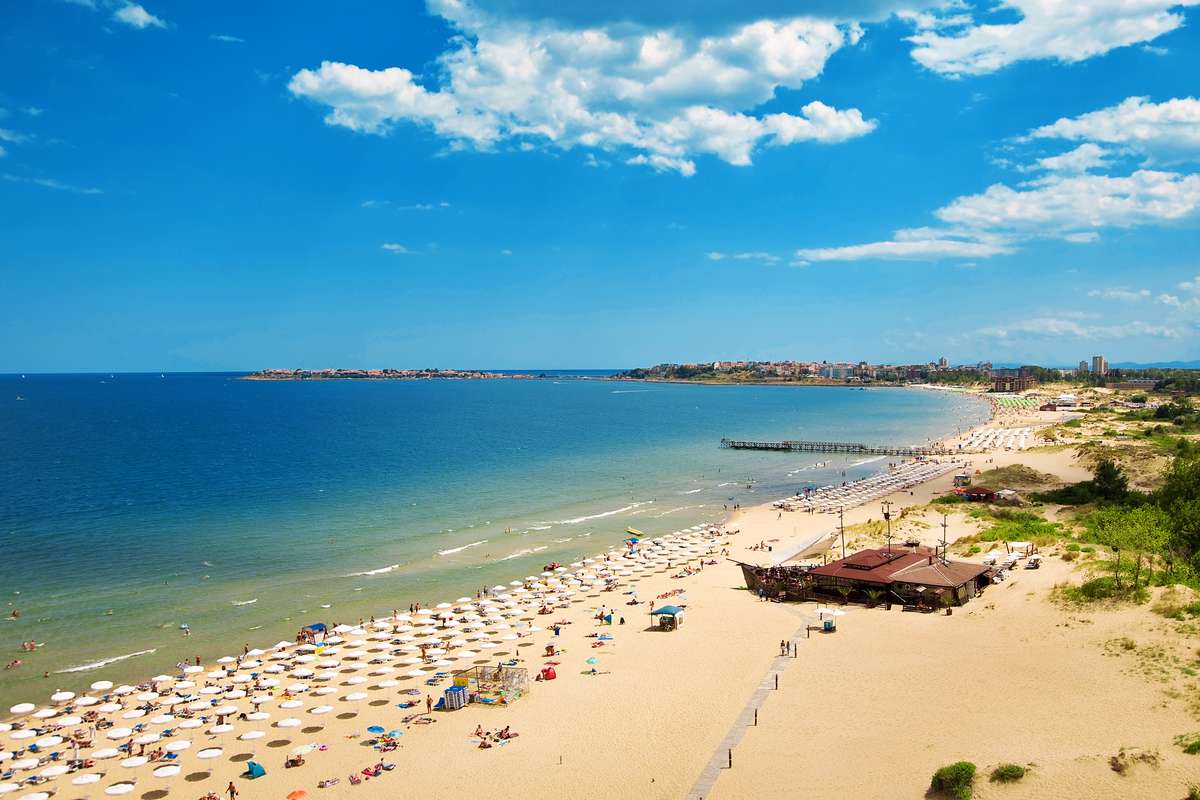
As one of the main coastal cities, Burgas has not only great history, but an array of activities. There are three main streets to explore. Aleko Bogoridi is a beautiful pedestrian street with great shops and coffee shops. It primarily has old buildings and great architecture, many of which have been beautiful renovated. The other street is Hristo Botev, which also has wonderful shops and coffee houses, however its more modern and larger. The beaches are great, and there is always so much to do. Burgas offers everything from seaside fun along its long shoreline, as well as shopping, beautiful parks, great bars and restaurants, and warm people.
Plovdiv
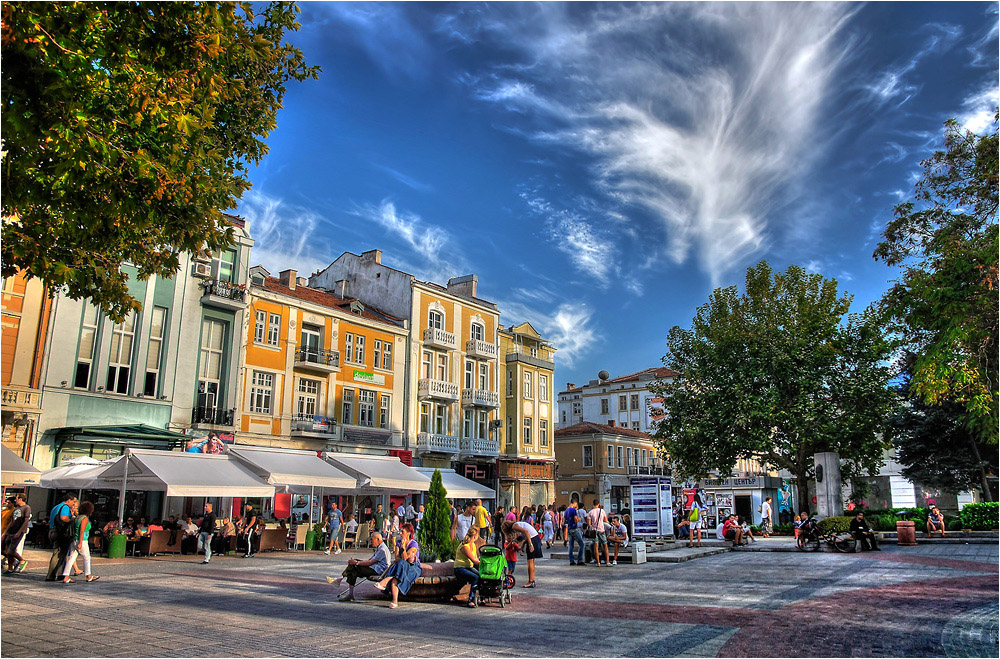
With its art galleries, winding cobbled streets and bohemian cafes, Plovdiv equals Sofia in things cultural and is a determined rival in nightlife as well; it has a lively, exuberant spirit befitting its status as a major university town. Being a smaller and less stressful city than Sofia, Plovdiv is also great for walking. Plovdiv’s appeal derives from its lovely old town, largely restored to its mid-19th -century appearance. It’s packed with atmospheric house museums and art galleries and has eminent artists still living and working within its tranquil confines.
Varna
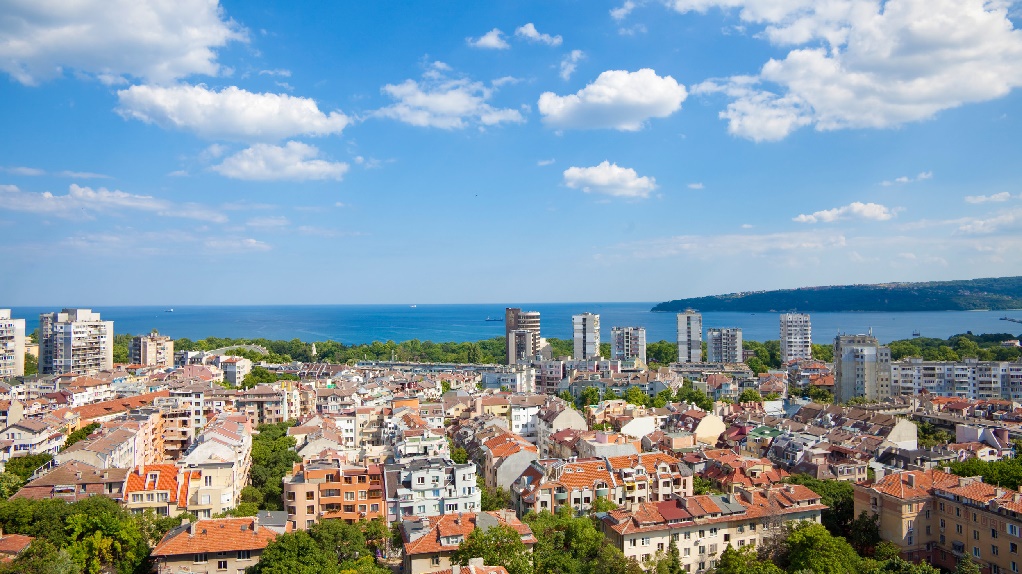
Bulgaria’s third city and maritime capital, Varna is by far the most interesting and cosmopolitan town on the Black Sea coast. A combination of port city, naval base and seaside resort, it’s an appealing place to while away a few days, packed with history yet thoroughly modern, with an enormous park to amble round and a lengthy beach to lounge on. In the city center, you will find Bulgaria’s largest Roman baths complex and its finest archaeological museum, as well as a lively cultural and restaurant scene.
Culture packages
Entering this website you automatically agree the following terms and conditions even if You are not a registered user of the site. Images shown on the website, country and travel specifications, as well as the webdesignes are subject to copyright protection, Elegant Enterprises are All rights reserved. Prohibited the website all or partial copy, store, use, distribution and sale, without the written consent of the copyright owner of this website (Elegant Enterprises)